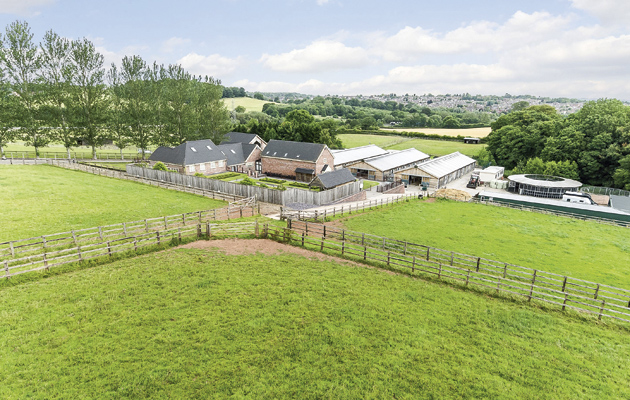
As the dust settles on another season I am sorry to say goodbye to our show hunter pony Annadale Maria (pictured) but excited to look forward to our new horses and ponies for next season.
This season ended not quite as well as it started for us, but we must focus on the year’s achievements as a whole.
Our highlight was the championship at Royal Windsor. Maria will be greatly missed she has a huge character that shines through in the show ring.
Everyone will have their own highlights and disappointments from HOYS whether it is competing or spectating.
I was sorry to see judges coming up for criticism but surely the powers that be at Grandstand Media could have seen it coming. It begs the question once again, who makes the decisions on who stands in the middle? A good judge makes a good show. The show is mentally and physically draining as well as hard on the pocket and the only thing competitors ask is for good judges.
Judges came into question too at the earlier BSPS Championship show. There are a lot of classes here to find judges for so I sympathise but championship shows are not the place to experiment.
The BSHA championships also had its fair share of judges chat with them being accused of not changing the judges enough from year to year and section judges being the same from previous blue riband shows. So how can the societies get it right? It doesn’t sound an easy job. We see lots of great judging all year so it’s a shame when the focus is on the negative.
One of my personal highlights in recent months was our trip to Ireland horse shopping at Gorsebridge sales. I love the challenge of finding a champion among many different types. I think we brought home some exceptional horses this time who are already destined to go to lovely owners with very successful producers so I look forward to watching them next year. Last year’s bunch have been a super lot of horses to follow this year. It is such an education to go to the sales and is something that anyone who wishes to be a top judge should visit several times.
I enjoyed all my judging commitments immensely this year. Several were with my father (David Tatlow) who never ceases to amaze me with his enthusiasm and the sensible comments he makes. If any of you get the opportunity to judge with him, jump at the chance. I rode some wonderful horses and some less so. In fact it’s quite scary what some poor souls ride day in, day out. It makes me feel privileged to have experienced riding the top level horses I have while both judging and competing. My other co-judges this year have been wonderful and I do believe have cemented a very good friendship.
Autumn hunting has played a big part in horse production this season with such super dry ground we have had many of the show horses and ponies out this time.
One or two get a bit bored with the manege and it certainly pricks their ears up to another side of life.
We like to jump all the animals we have especially as my children, and Georgia who helps me with the horses, are all jumping mad! Our local hunt meet at our place very soon so the port order is on its way.
The diary is now full of eventer challenges and BSPS novice shows. I keep promising my long suffering husband I will be home more weekends but my daughter Alice keeps filling them up! As I write this we are returning from a short city break to Venice which was fabulous.
I see many of my fellow showing friends are heading off for holidays this half term. I wish you all a fab horse-free holiday and you may just get a moment on your sun lounger to read this.
Loraine



































































